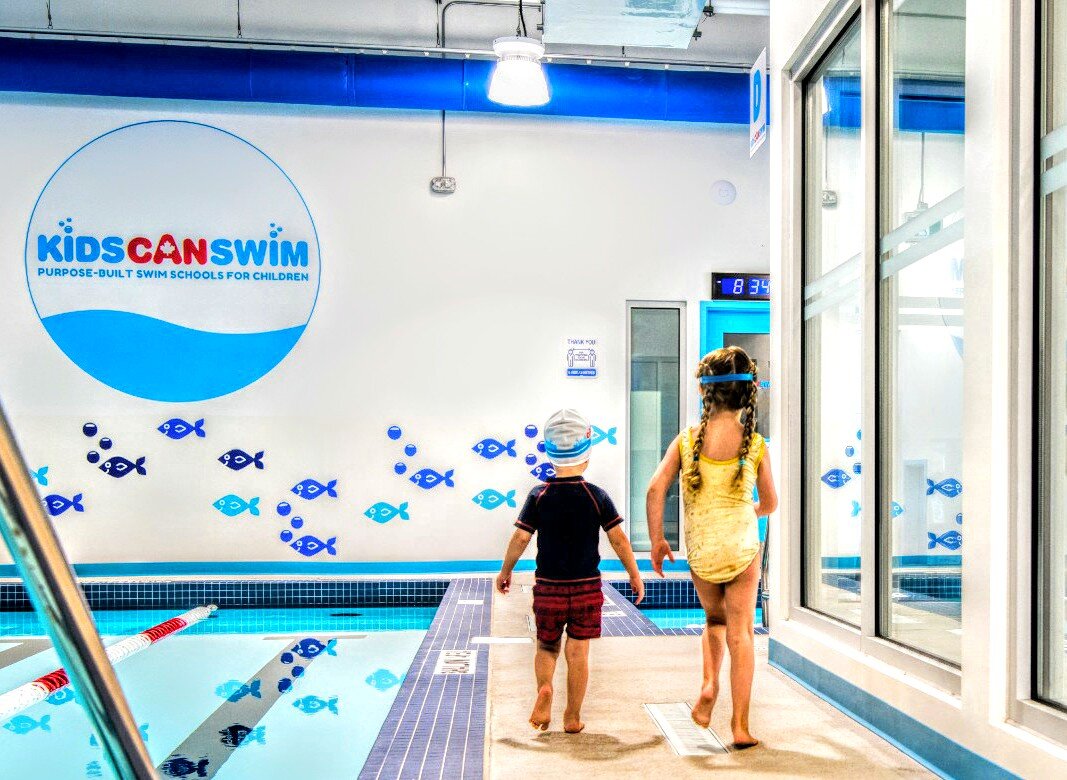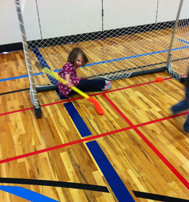Over Victoria Day weekend, my family had an impromptu invite to go to a friend's cottage by the lake. So, I packed up the car, threw Brandon in and we escaped! (Kidding...we gave my dear husband a chance to get caught up on tons of stuff he wanted to do.)

Today, my friend texted me this picture that was taken on our trip to the cottage and I uploaded it to Instagram because Brandon was so cute concentrating on swimming. It prompted the following conversation:
My little chat with Alison got me thinking, though. Swim safety is so important to prevent anyone from having an incident in the water, but it's particularly important for children who are naturally the most vulnerable. According to the Lifesaving Society's 2011 report [PDF, 1.9MB], approximately 500 people die each year in Canada from drowning, and most are swimming when they get into trouble.
Get the proper equipment for water activities, starting with a good lifejacket for weak or non-swimmers and any child under 5.
Having a cute swimsuit is fun, but a functional life-saving device, a.k.a, lifejacket, is more important. Anytime he was by the lake, Brandon had to be wearing his life jacket. He floated out beyond where his feet could touch the bottom numerous times, thinking it was a fun game when our host pushed him back to shore with the dinghy. If he hadn't been wearing a good lifejacket, that "game" wouldn't have been fun at all.
I also consulted the Lifesaving Society's drowning and water safety guidelines and here's what they had to say for children:
- Restrict and control access to the water. Enclose backyard pools on all four sides with a fence and a self-latching, self-closing gate; drain bathtubs when not in use; empty unattended wading pools and buckets.
- Wear a lifejacket when boating. Toddlers should wear a lifejacket anytime they are near water.
- Stay within arms’ reach of young children when they are near water – in the backyard, the beach and in the bathroom.
- Go to lifeguard-supervised beaches and pools.
- Learn to swim. Enroll children in swimming lessons and in a swimming survival program such as the Lifesaving Society’s Swim to Survive.
- In the winter, check ice before going out on it – clear, hard, new ice is the safest for travel. Avoid slushy or moving ice and ice that has thawed and refrozen.
HA! That last one just amuses me at this time of year, but it's serious business in the spring and fall.
BONUS! Don't forget to pack the sunscreen and drink lots of water.
I do not tan - never have, never will - and my son has inherited my pale genes, but even if you do tan, it's not safe to stay in the sun for prolonged periods without some protection. Trust me - after a sunburn that blistered (badly) when I was twelve and forgot my sunscreen for a canoe trip, I do everything I can to avoid getting burnt.
These recent hot, hot, hot days are great if you like the heat, but don't bask in it too long without staying hydrated.
What other rules do you have for water safety in your family?
*****
Karen Wilson is a wife to Matt and mom to Brandon (4), who blogs about her life at Karen’s Chronicles. She can be found at Wellman Wilson, helping business use social media more effectively. Lately, she’s also busy planning a little conference and doing her part to keep the coffee industry alive.













